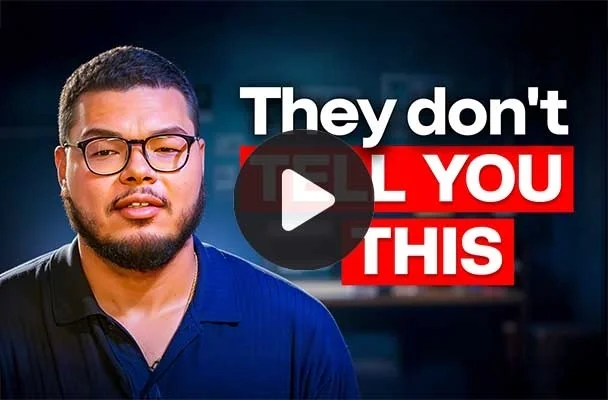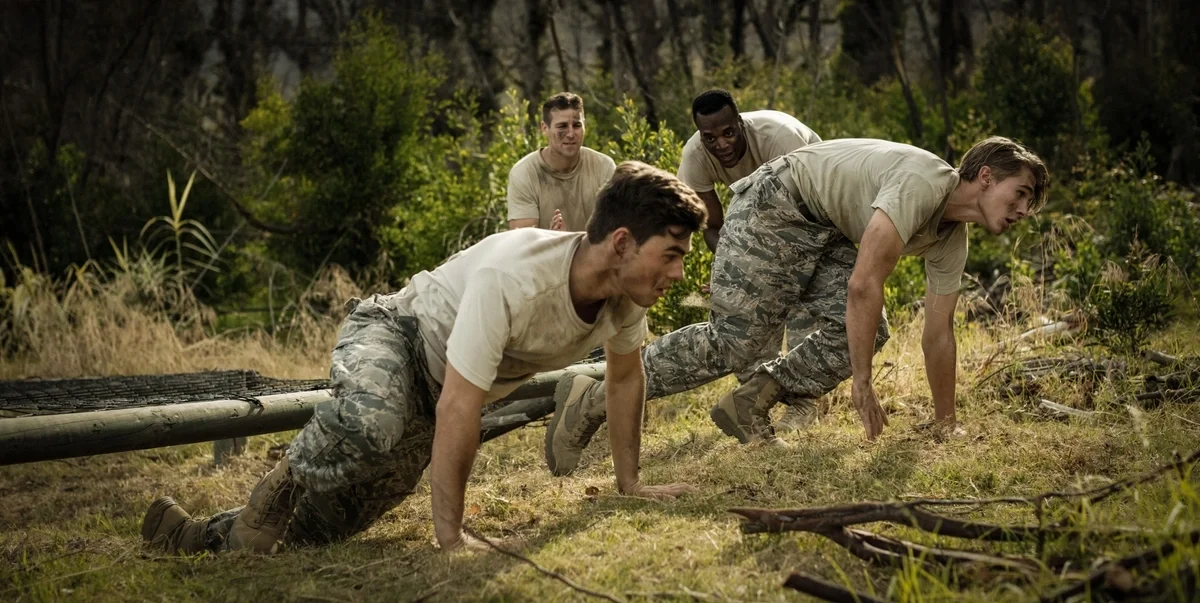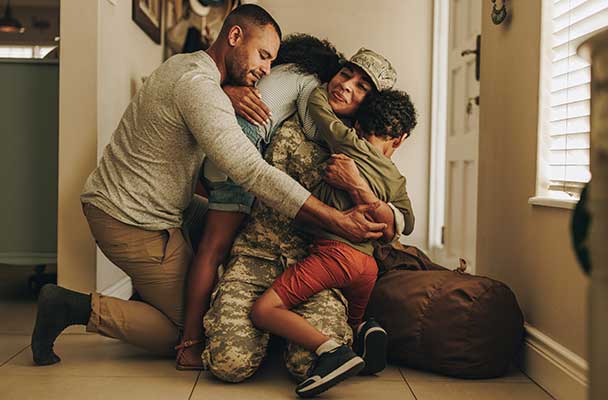
Veteran Budget Cuts
Every budget season, we see headlines about “veteran budget cuts.” These headlines often create panic without context. The reality is quite the opposite for 2026. The VA’s total budget request is $441.2 billion, up 10% from last year and the largest in the Department’s history.
So, where does the confusion about veteran budget cuts in 2026 come from? Much of it stems from shifts within the budget, not actual cuts. Some discretionary programs (e.g., nonprofit grants, internal pilot projects) are tightening while core benefits and healthcare funding rise.
What the FY 2026 Budget Actually Changes
The 2026 budget builds on existing commitments while tightening some areas that support administration, technology, and community partnerships. Most veterans won’t see direct “cuts” to their benefits, but certain programs may face slower expansion or longer processing times.
Here’s how it breaks down.
|
Benefit or Program Area |
FY25 → FY26 Direction |
What It Means for Veterans |
|---|---|---|
|
Disability Compensation & Pensions |
↑ (5%) |
Funding grows 5%. Payments and eligibility stay intact, with annual cost-of-living adjustments (COLA). |
|
VA Healthcare |
↑ (+17.3%) |
Major increase for direct care, toxic exposure treatment, and telehealth expansion, especially in rural areas. |
|
Community Care |
↑ (~+26%) |
More funding for outside providers to ease appointment delays and expand choice under the MISSION Act. |
|
Mental Health & Suicide Prevention |
↑ (5%) |
Extra resources for the Veterans Crisis Line, local outreach, and substance use treatment. |
|
Homelessness Programs |
↑ (+8% for core, +$1.1B for BRAVE) |
Continued funding for SSVF and HUD-VASH, plus $1.1B proposed for the new BRAVE rental assistance initiative. |
|
Education (GI Bill) |
↔ (≈0%) |
No major program changes. Education benefits continue to adjust automatically with enrollment and tuition trends. |
|
Vocational Rehabilitation & Employment (VR&E) |
↔ (≈0%) |
Remains stable, focusing on retraining for veterans with service-connected disabilities. Some small pilot programs may phase out as resources consolidate. |
|
Nonprofit Partnerships & Community Grants |
↓ (No given %) |
A few community grants are scaling back or not being renewed, which may affect local outreach programs. |
|
Digital Access and IT Modernization |
↑ (≈+160% for EHRM; small decline in legacy IT) |
Strong push toward a modernized VA.gov, faster claims tracking, and integrated digital health records. |
Disability Compensation & Pensions
These programs remain the backbone of the VA’s mission and are fully funded. With a 5% increase, disability payments, pensions, and COLA remain legally protected. Veterans will continue to receive monthly, tax-free payments on schedule.
VA Healthcare (Medical Care + Toxic Exposures Fund)
VA healthcare sees one of the most significant increases in the entire budget. The FY 2026 request includes a 17% increase in total medical care funding, one of the largest single-year jumps in VA history.
The $52.7 billion Toxic Exposures Fund supports expanded treatment and screenings under the PACT Act. Veterans can expect more access to care, improved outreach to rural areas, and continued telehealth investments.
Community Care
Funding continues to rise for non-VA provider access, helping reduce backlogs and give veterans more flexibility in where they receive care. Processing times may still vary by region, but resources for the MISSION Act network are solid.
Mental Health & Suicide Prevention
The VA continues to prioritize suicide prevention. More funding will go toward Veterans Crisis Line staffing, peer outreach, and mental health partnerships with local clinics. Veterans under financial stress should have better access to counseling and crisis resources.
Homelessness Programs
Programs like Supportive Services for Veteran Families (SSVF) and HUD-VASH stay strong, with new proposals for BRAVE, a $1.1 billion initiative that expands rental and eviction-prevention support. These programs aim to stabilize housing and reduce homelessness among high-risk veterans.
Education (GI Bill)
The Post-9/11 GI Bill remains stable and fully funded. It automatically adjusts with tuition rates and enrollment levels, so veterans using education benefits won’t see any disruption. Funding continues to support college, technical programs, and approved online learning without any eligibility or rate reductions.
Vocational Rehabilitation & Employment (VR&E)
VR&E funding also remains steady. The program continues to help veterans with service-connected disabilities prepare for, find, and maintain suitable employment. Support covers tuition, certification costs, adaptive equipment, and living stipends while enrolled in training.
Nonprofit Partnerships & Community Grants
Here’s where some tightening occurs. A handful of smaller discretionary grants for local outreach, financial assistance, or pilot projects are not being renewed. This could make it harder for smaller veteran nonprofits to maintain emergency assistance programs. Veterans relying on community partners for rent or utility relief may want to confirm availability early.
Digital Access and IT Modernization
Roughly $10.8 billion is dedicated to IT and EHR modernization. Funding shifts from older systems toward modern claims, records, and debt management tools. Veterans should see faster claim updates, smoother debt tracking, and easier online appeals through VA.gov and related portals.
What the Veteran Budget Priorities for 2026 Mean for You
Since no core benefits are being reduced, you shouldn’t see any significant changes in how you access or use your VA benefits. The VA is simply shifting more attention toward its highest-priority programs, which means a few smaller areas may move a bit slower.
Here’s what to expect:
- Possible delays: Processing times for temporary housing assistance, travel reimbursements, and retraining stipends may take longer as the VA transitions to new automation systems and reduces administrative staff to streamline operations.
- Fewer small grants: Fewer small grants: Some community-based programs receive funding through VA discretionary grants and partnerships with nonprofits, and those pools are being consolidated. As a result, certain local outreach or emergency relief initiatives may have smaller budgets or reduced capacity.
Tip: Keep an eye on updates from your regional VA office and the VA Debt Management Center (DMC) for notices about changes or processing times.
Impact on Veteran Debt
So now that we know there aren’t really “veteran budget cuts in 2026”, what now?
Even with record funding, slower processing in some areas could still create temporary cash flow strain. Veterans waiting on travel reimbursements, overpayment adjustments, or appeals should plan for modest delays.
Additionally, community grant reductions might make nonprofit rent and utility assistance less accessible in some areas, particularly rural areas. If you do rely on these, start connecting early with organizations like USA Cares, Fisher House Foundation, or Semper Fi & America’s Fund for alternative aid options.
Planning Ahead for FY 2026 Changes
Even if your benefits remain unchanged, being prepared can prevent minor hiccups from becoming major disruptions. Here’s how to stay ahead:
- Review your monthly VA benefit statement to verify payments.
- File all claims early and double-check receipt confirmations online.
- Keep updated contact info in VA.gov to avoid delays.
- Contact your regional office now to confirm renewals if you rely on rental or training assistance.
- Use fully funded relief options:
-
- VA Debt Management Center hardship waivers
- SCRA / MLA protections
- Nonprofit aid through Fisher House, Operation Homefront, or VFW Unmet Needs
FAQs
|
Question |
Answer |
|---|---|
|
Will VA automation change how I file claims? |
Not much for veterans. You’ll still file through VA.gov or accredited reps, but the VA is adding automation to speed up reviews and clear backlogs by mid-2026. |
|
What’s new for rural veterans? |
Expanded telehealth and Community Care funding let rural veterans see local or virtual providers instead of traveling long distances. |
|
Does the 2026 budget support caregivers? |
Yes. Funding continues for the Family Caregiver Program, which includes stipends, respite care, and a faster digital application system. |
|
Is the VA reducing staff because of automation? |
No. Staffing remains around 455,000 employees. Automation is being used to reduce paperwork, not eliminate jobs. |
|
How does BRAVE differ from HUD-VASH? |
HUD-VASH provides permanent housing; BRAVE adds short-term rental help and prevention programs for veterans at risk of homelessness. |
|
Are construction projects being cut? |
No major cuts. Some upgrades are deferred, but $900M through the Transformational Fund will modernize key hospitals and clinics. |









